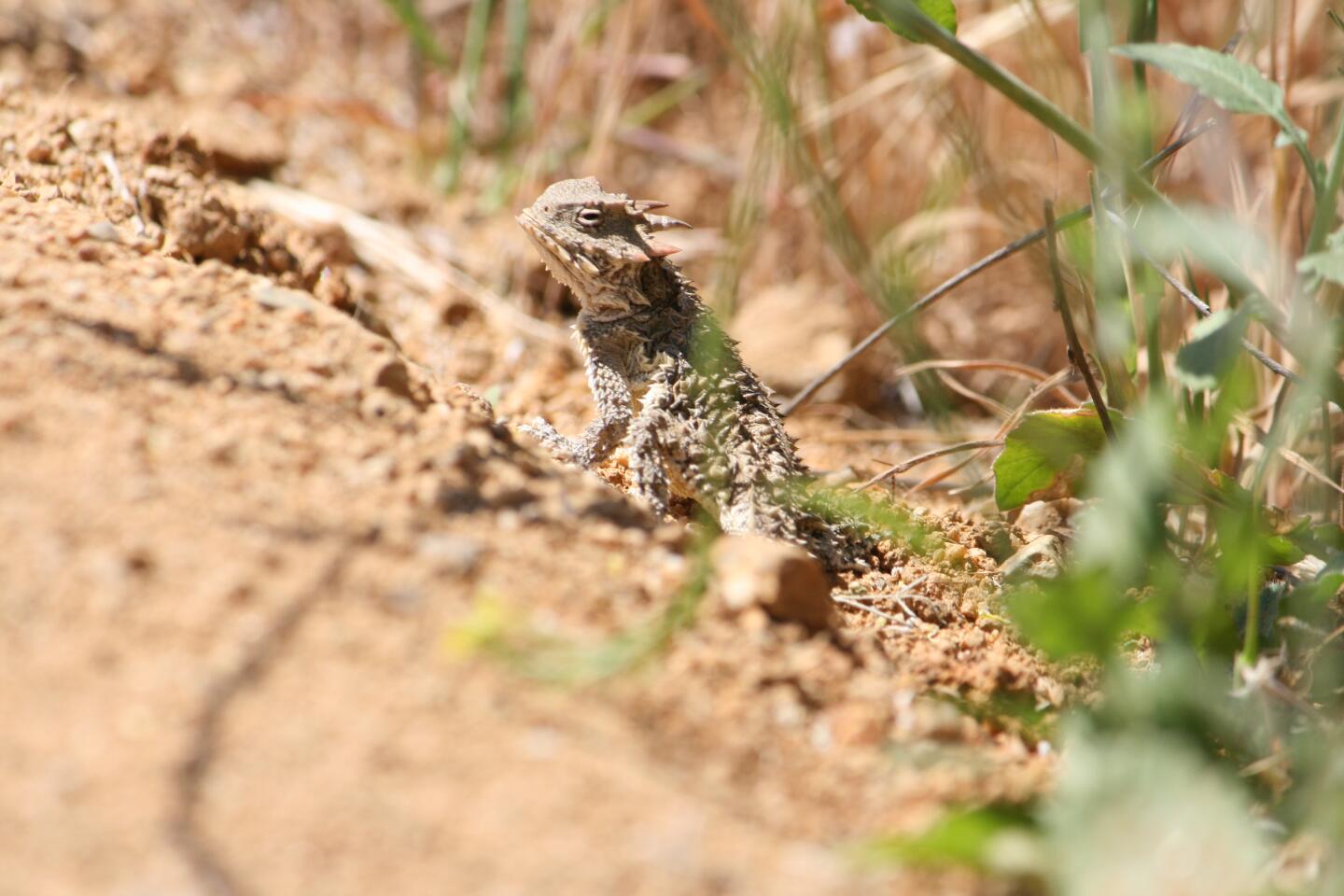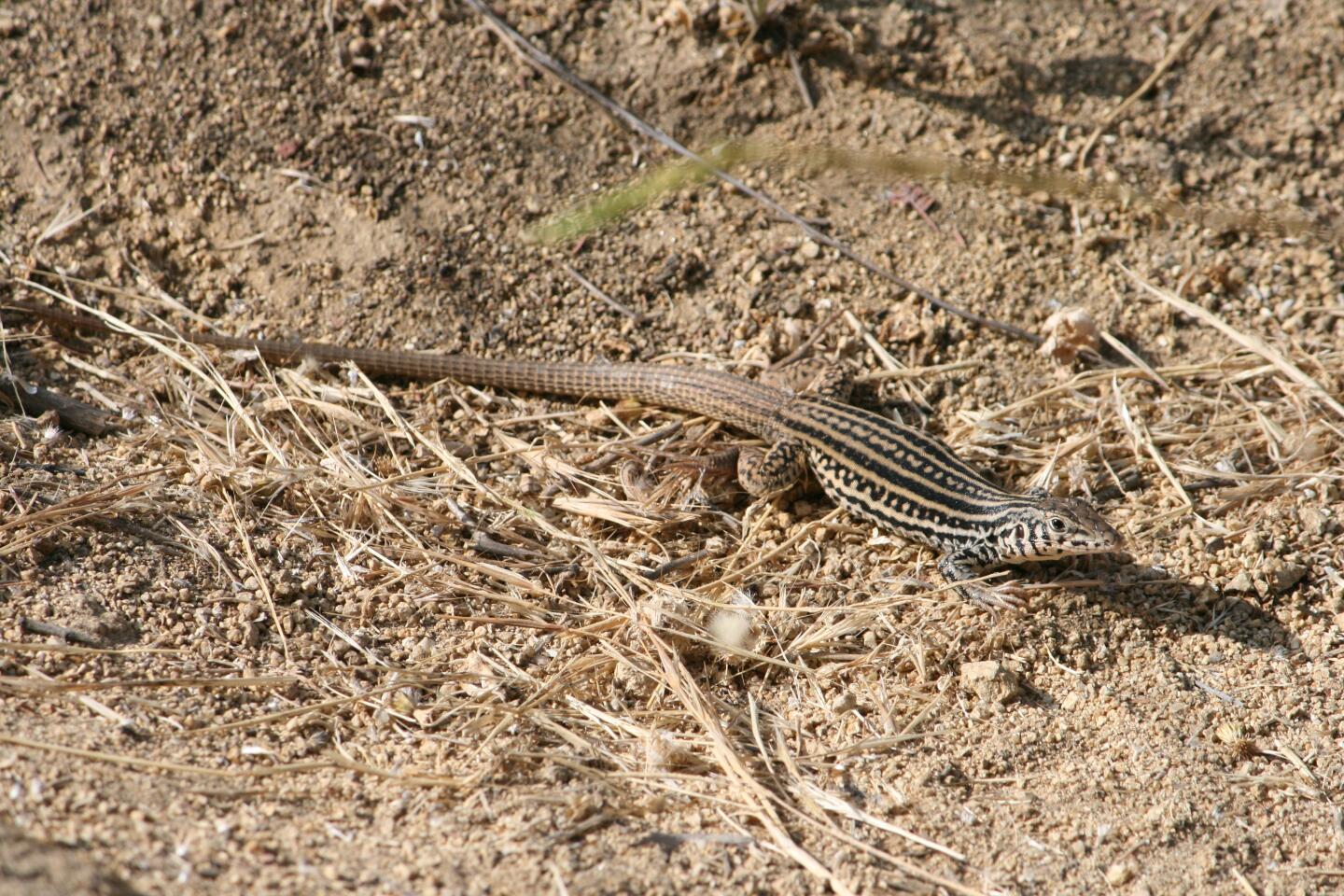Griffith Park gondola proposal sparks opposition from area residents and environmentalists
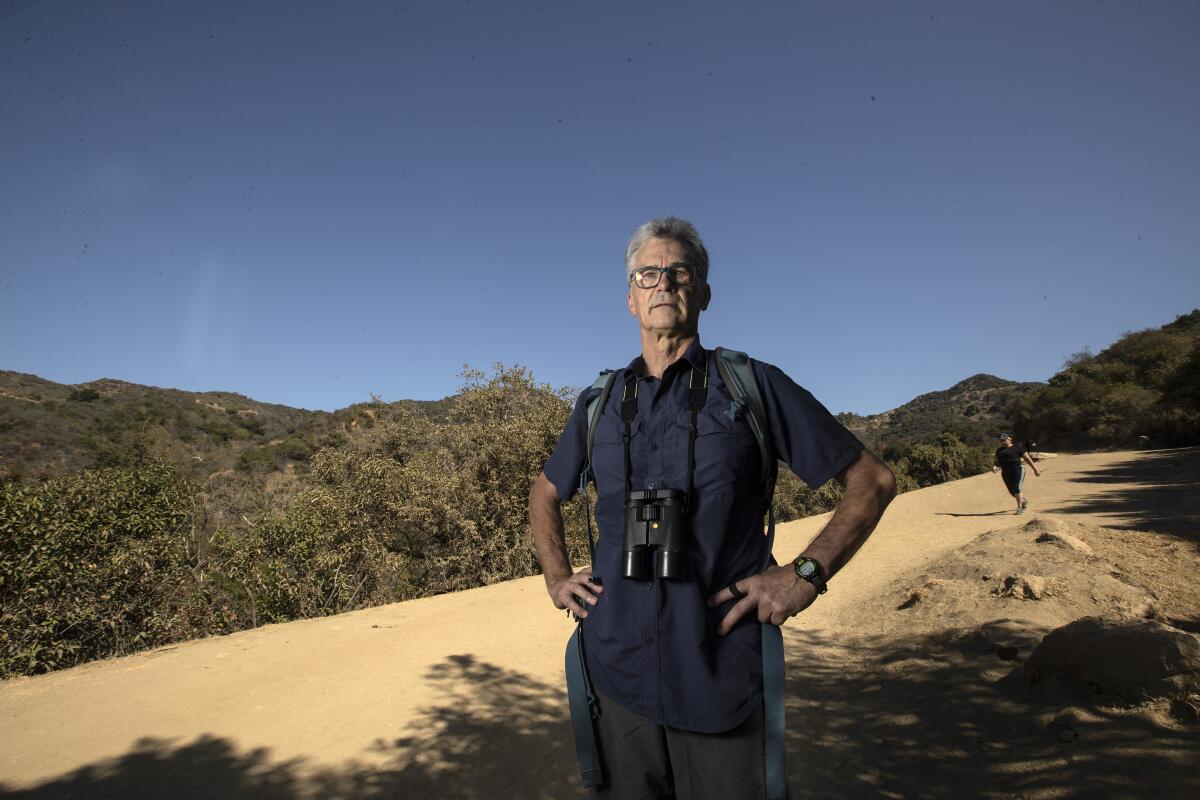
- Share via
Proponents have long argued that a gondola could provide much-needed relief to traffic in and around Griffith Park.
It’s an idea that’s come up again and again throughout the last century: Get people off crowded L.A. streets and up into the air.
But the most recent proposal is generating heated opposition. More than 20 community groups and district City Councilman David Ryu no longer support the project, and have raised concerns over its effects on transportation, access and the environment.
Most recently, the idea resurfaced through the 2018Dixon report, which was commissioned by Ryu to come up with ideas for accessibility, safety, and mobility improvements around the park.
The report outlined 29 potential solutions, including an electric shuttle, the aerial tram, and even the construction of another Hollywood sign to spread out those seeking a photo op.
The city is pursuing many of these ideas, but the flashiest — and most expensive — under consideration is the aerial tram. The Department of Recreation and Parks is conducting a feasibility study for the project, with help from the engineering consulting firm Stantec. A sum of $750,000 has been committed to the completion of the study, which is set to conclude in January.
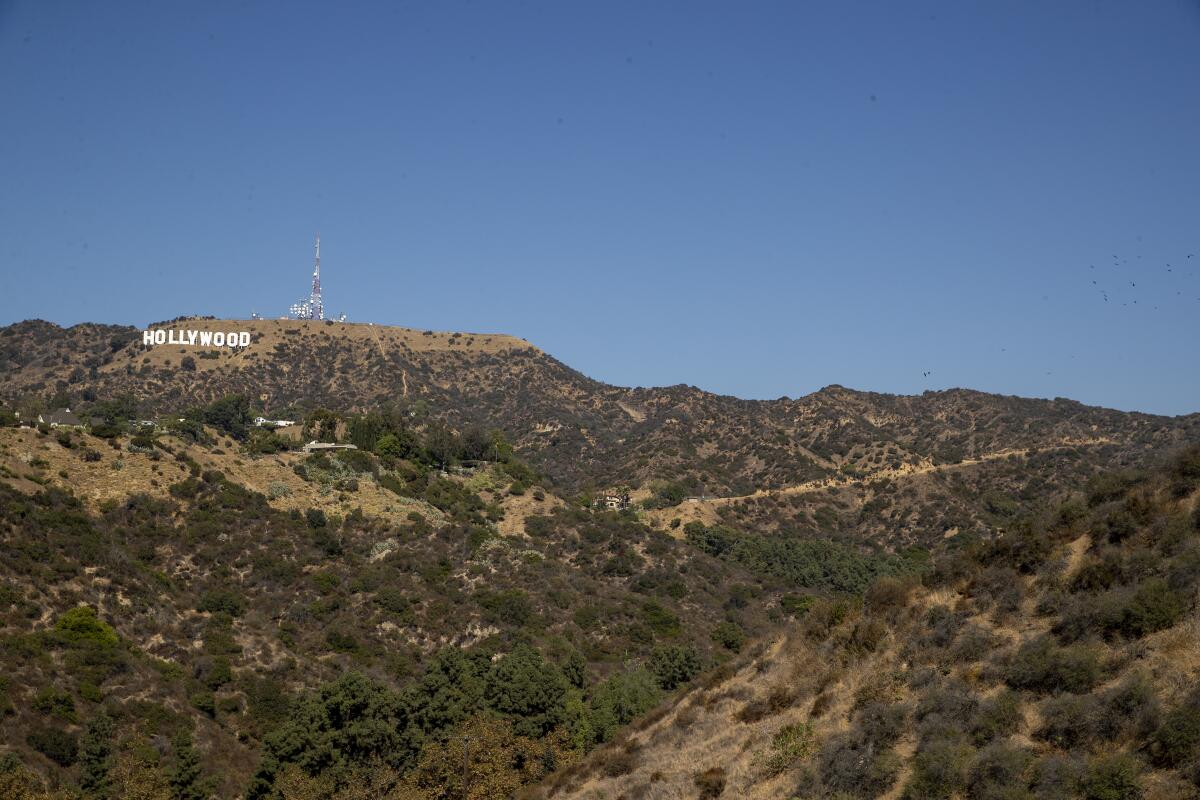
“I think it’s predictable that it keeps coming back, but it’s also predictable that the public keeps pushing back at it so forcefully,” said Gerry Hans, president of Friends of Griffith Park, one of the leading community organizations protesting the effort.
Hans and others argue that construction of a tram would destroy both open space and wildlife habitat in one of the nation’s largest municipal parks. They say the proposal is a pretense to develop the city’s unique urban wilderness. A lengthy construction process would result in closures to hikers, horse riders and other park users, they say.
Darryl Ford, superintendent for planning and construction in the city, emphasizes that it’s too early to know the details of environmental impact and traffic relief because the study has yet to be completed.
However, many groups’ opposition is not contingent on the study’s outcome. They oppose the outlined system of routes itself — which were unveiled in August — because none connected to public transit lines. Some have called it a “tram to nowhere.”
“It’s not transportation. It’s a ride,” Hans said.
Friends of Griffith Park has estimated it would cost $50 million to $70 million per mile to build a tram, but the parks department declined to give any specific cost estimates until the study was completed.
Ryu opposes spending additional funding on the project “in this time of financial crisis, as the city faces potential cuts to services and staff,” his office said. Without Ryu’s support, it’s unlikely the project will be able to move forward.
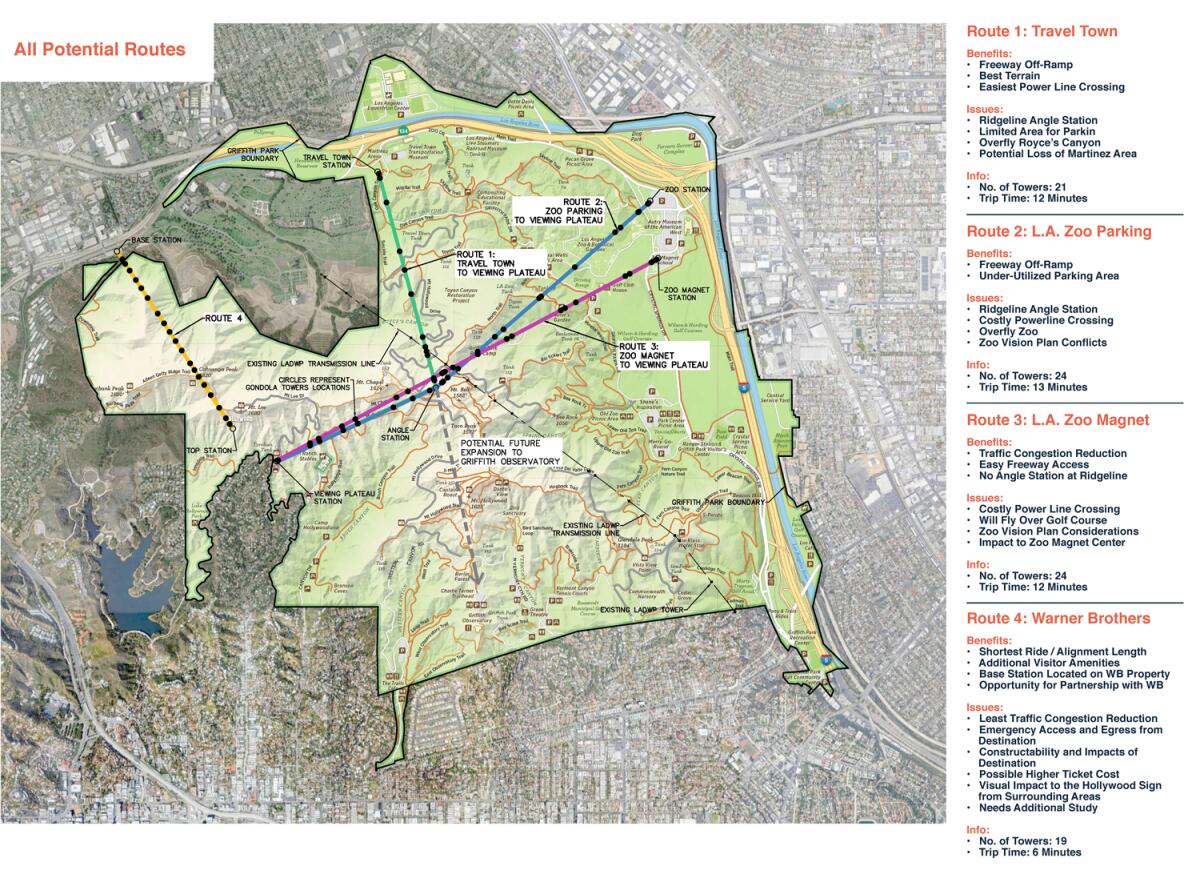
Fran Reichenbach, president of Beachwood Canyon Neighborhood Assn., agrees: “There are bigger and better and more really prescient issues to be addressed right now with our tax dollars than to hire study groups to go out and confuse people.”
Who does support the gondola? Mayor Eric Garcetti, who has previously shown public enthusiasm for the idea, remains open to the initiative and awaits the results of the study, according to his office.
Although profit has never been the project’s primary aim, the Recreation and Parks Department could benefit financially from the installation of the ticketed tram, perhaps generating a small monetary salve after a time of budget upheaval in the city.
The fourroutes under consideration start at Travel Town, the L.A. Zoo parking lot, the North Hollywood High School Zoo Magnet Center and Warner Bros. studios (an idea initially proposedindependently). Each aims to connect to a viewing platform below the Hollywood sign. Each route would run about 2.5 miles, requiring 19 to 24 towers to hold up the system and providing a six- to 13-minute trip to the sign.
The Zoo Magnet Center opposes the project, saying that the school was not contacted by any city officials about the plans before its public announcement despite the fact that one of the routes would start at the school.
Environmentalists have raised concern over anticipated effects on the park’s flora and fauna. Species such as the Blainville’s horned lizard and the whiptail lizard live on high ridgelines on the western side of the park. Towers in three of the proposed routes would disrupt this habitat, threatening the species’ chance of survival in the park, they say.
Opponents are also pushing back on the monetization of the park, because purchased tickets would be required to ride the tram. Currently, entrance to the park is free.
“Our public lands are a huge asset that private interests want,” said Barbara Hensleigh, coordinator for the Sierra Club Angeles Chapter.
“It will affect the ability for all Angelenos to enjoy the park. And so it’s an environmental justice issue for us.”
Los Angeles isn’t the only American city striving to embrace gondola travel.Palm Springs has had an aerial tram in operation since 1963.Portland, Ore., also has one, since 2007.
And elsewhere in L.A., another plan to get people in the sky faces less criticism.
That proposed aerial tram would connect Union Station to Dodger Stadium. The project is a few years further down the line from where the Griffith Park proposal stands, as the project team works on drafting an environmental impact report with the help of the Metropolitan Transportation Authority. The team has adapted to the limitations of the COVID-19 pandemic with a virtual open house to make space for required public comment.
If all is approved, construction is slated to begin by 2025, with completion to occur by the 2028 Olympics in Los Angeles. The tram would cost an estimated $300 million, as of now to be paid for privately by L.A. Aerial Rapid Transit, an extension of the investment firm McCourt Global run by former Dodgers owner Frank McCourt and his son Drew.
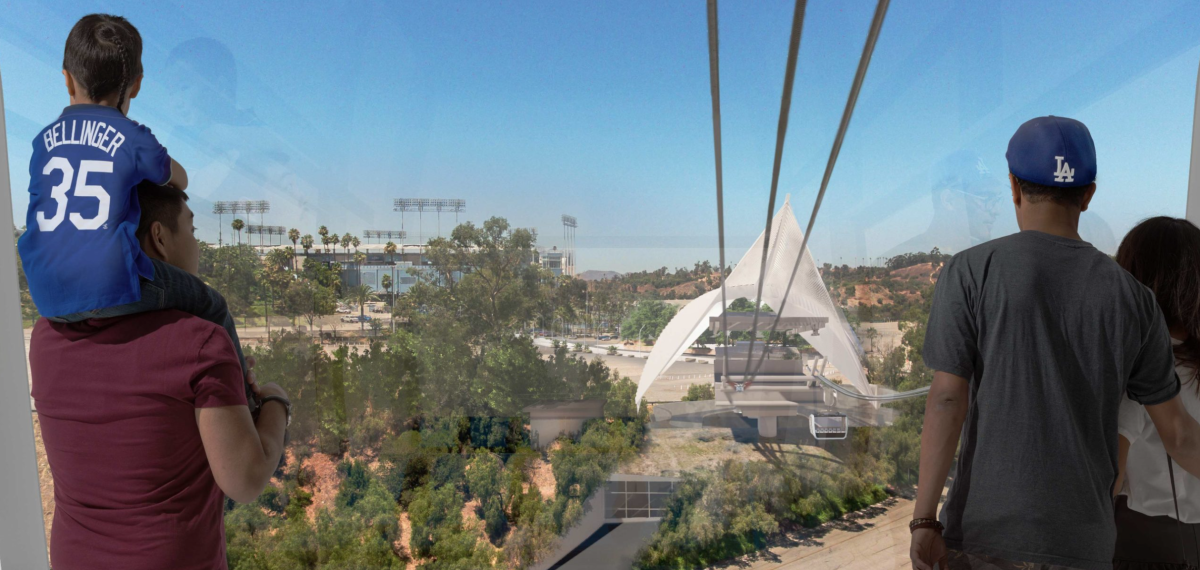
Project managers estimate about 20% to 25% of Dodgers fans would arrive on the gondola system, tickets for which are slated to cost less than or equal to stadium parking. This would take about 3,000 cars off the roads on game days. The gondola will run on non-game days as well, providing public transit access to Elysian Park and Los Angeles State Historic Park.
“I think we’re having a rebirth of mobility options right now,” said David Grannis, a transportation consultant to L.A. Aerial Rapid Transit.
But at Griffith Park, opponents say an aerial tram is not the way to go.
“We want solutions that do reduce cars coming to and into the park,” Hans said. “And we want a solution that connects to the Red Line to mass transit. And those are the things that should move forward to solve the problem.”
Reichenbach agrees.
“They might as well treat it like the national monument that it really truly is and support the neighbors that are host to that monument,” she said.
